Rising Focus on Patient Comfort and Safety
The emphasis on patient comfort and safety is a significant driver for the electrical hospital-beds market. Healthcare providers are increasingly recognizing that patient satisfaction is linked to better health outcomes. Electrical hospital beds offer features such as adjustable positions, pressure relief, and easy mobility, which contribute to enhanced patient comfort. As hospitals strive to improve their service quality, the demand for these beds is expected to rise. Reports suggest that hospitals that prioritize patient-centered care can see a reduction in readmission rates by up to 30%. This focus on comfort and safety is likely to drive the electrical hospital-beds market, as facilities seek to invest in equipment that aligns with these goals.
Technological Advancements in Medical Equipment
Technological advancements play a crucial role in shaping the electrical hospital-beds market. Innovations such as integrated monitoring systems, adjustable height features, and smart bed technology enhance patient care and safety. Hospitals are increasingly investing in these advanced beds to improve operational efficiency and patient outcomes. The market for electrical hospital beds is projected to grow at a CAGR of approximately 15% over the next few years, driven by these technological improvements. Furthermore, the integration of IoT devices allows for real-time monitoring of patient conditions, which is becoming a standard expectation in modern healthcare settings. This trend indicates a shift towards more sophisticated medical equipment, thereby propelling the electrical hospital-beds market forward.
Aging Population and Increased Healthcare Demand
The aging population in the United States is a primary driver for the electrical hospital-beds market. As individuals age, they often require more medical care, leading to a higher demand for hospital services. According to the U.S. Census Bureau, by 2030, all baby boomers will be over 65 years old, significantly increasing the number of elderly patients. This demographic shift necessitates the need for advanced medical equipment, including electrical hospital beds, which provide enhanced comfort and support for patients with mobility issues. The electrical hospital-beds market is likely to see substantial growth as healthcare facilities adapt to accommodate this growing patient base. This adaptation could potentially lead to an increase in market value by over 20% in the next five years.
Increased Investment in Healthcare Infrastructure
The ongoing investment in healthcare infrastructure in the United States is a vital driver for the electrical hospital-beds market. With the government and private sector allocating substantial funds towards upgrading healthcare facilities, there is a growing need for modern medical equipment. The American Hospital Association reported that hospitals are expected to spend over $100 billion on capital projects in the coming years. This investment includes the procurement of advanced electrical hospital beds, which are essential for providing quality care. As healthcare facilities expand and modernize, the electrical hospital-beds market is likely to experience significant growth, driven by the demand for state-of-the-art medical equipment.
Regulatory Support and Funding for Healthcare Equipment
Regulatory support and funding initiatives are increasingly influencing the electrical hospital-beds market. Government programs aimed at improving healthcare access and quality often include provisions for upgrading medical equipment. For instance, the Centers for Medicare & Medicaid Services (CMS) provides reimbursement for certain types of hospital beds, which encourages healthcare providers to invest in electrical models. This financial support can lead to a more rapid adoption of advanced hospital beds, as facilities seek to comply with regulations while enhancing patient care. The electrical hospital-beds market is likely to benefit from these initiatives, as they create a favorable environment for investment in modern healthcare equipment.



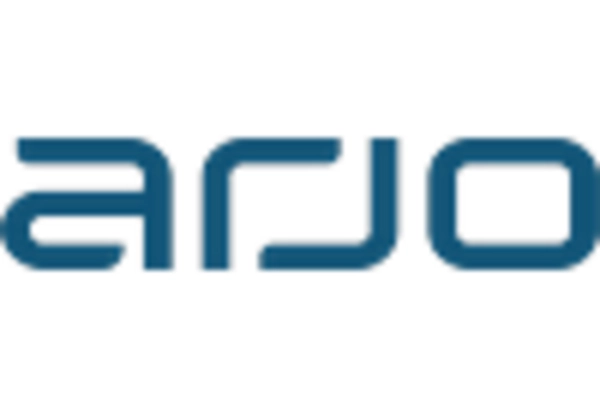
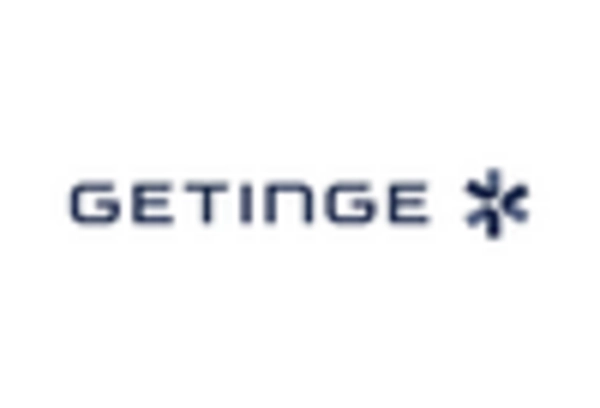
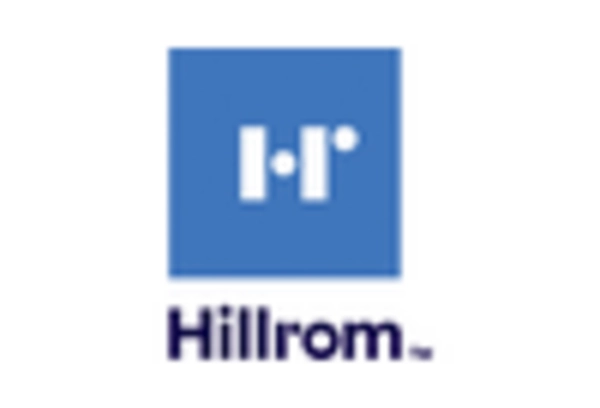
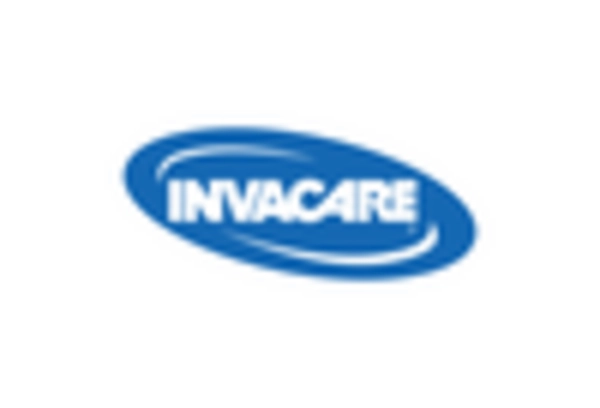
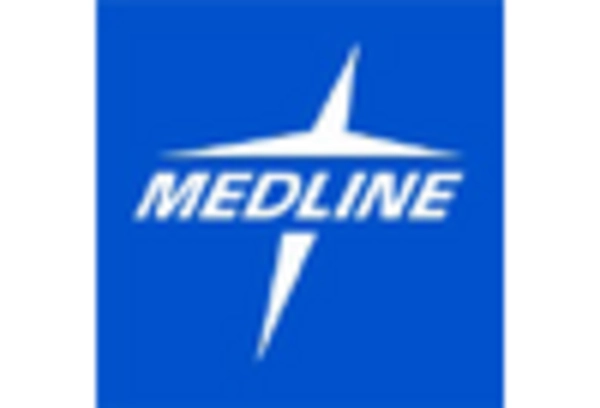
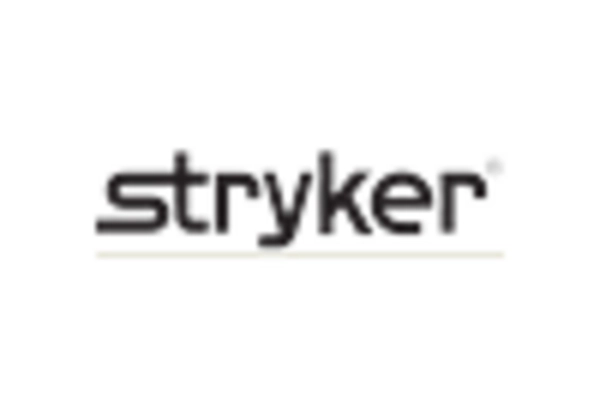








Leave a Comment